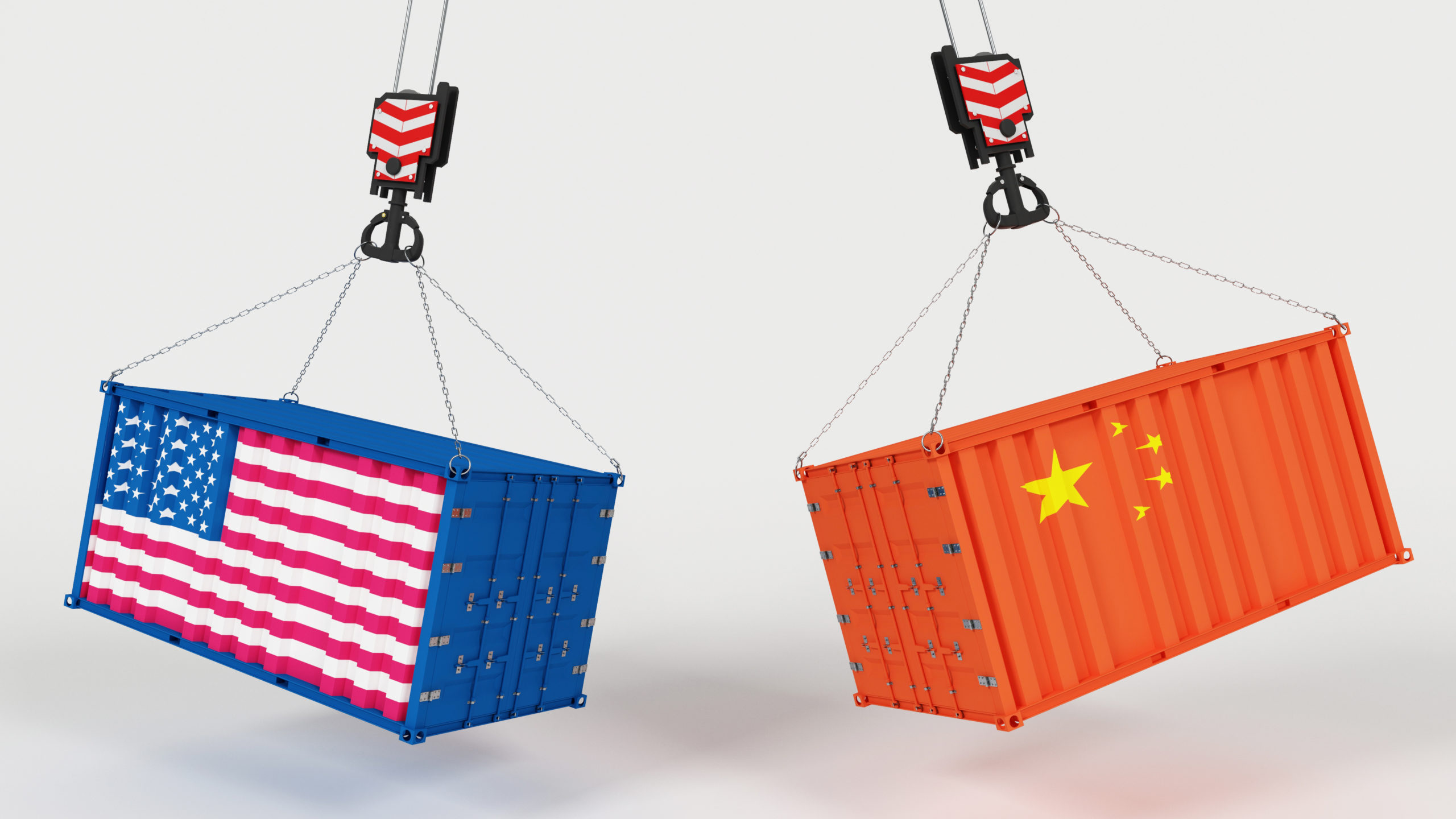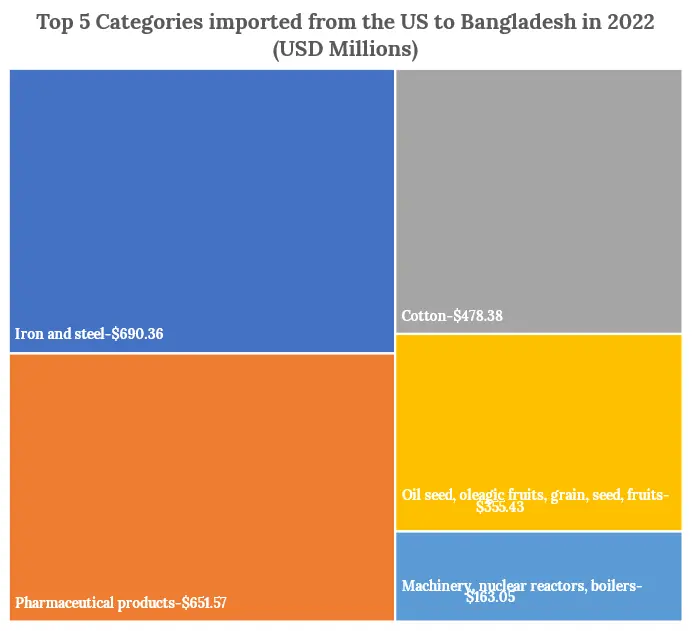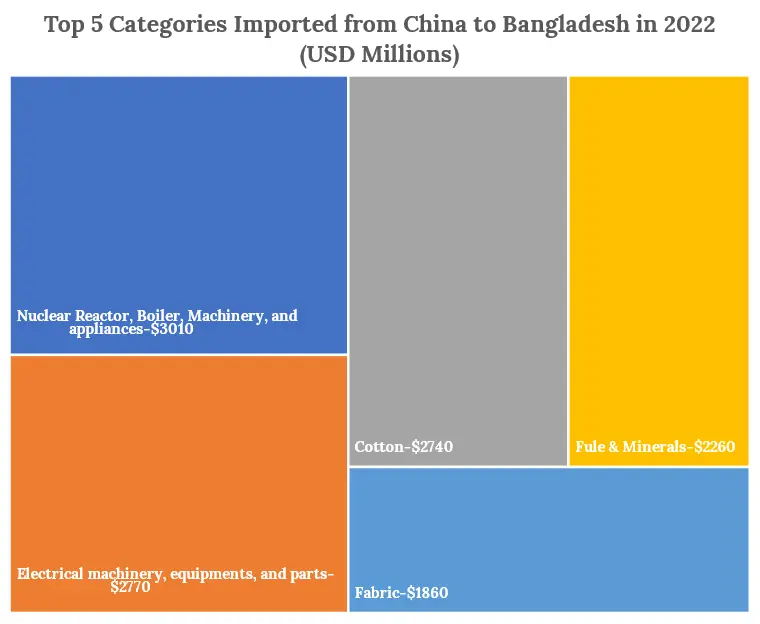GET IN TOUCH
- Please wait...

In October 2022, the US Department of Commerce announced a ban on the export of advanced semiconductor chips, and other high-tech equipment to China, denying them of advanced computing and artificial intelligence capabilities which were expected to serve the Chinese military and surveillance state, their medical researchers, agriculturalists, educators, supply chain managers, and transportation and communications specialists.[1]
Last July, China played its card by restricting the export of two essential metals required for manufacturing semiconductors to the US which are mostly used in electric vehicles, displays, and defense equipment. [2]
Although President Biden claims that the United States is not interested in another cold war, their actions and several other attempts to disrupt the thriving economy, and technological development of China have made quite the contrary impression. [3] Both the major powers are constantly challenging each other’s authority and another significant aspect of this much heated rivalry is the Indo-Pacific framework.
The Indo-Pacific or Indo-Pacific Asia is one of the world’s vastly diverse biogeographical regions, comprising the tropical waters of the Indian Ocean and the western & central Pacific Ocean. From a global trade perspective, this route is used to convey 2/3 of the world’s goods. The Bay of Bengal, standing as a geographically significant part of the Indo-Pacific, makes Bangladesh a key participant of the conversations surrounding it.
The US and China are the most important countries to the global economy and trade. In fiscal year 2022 (FY22), the United States achieved a commendable net export of $3,009.7 billion, accompanied by a net import figure of $3,957.8 billion[4]. These trade statistics reflect the United State’s significant presence in the global trade landscape, as it held approximately 21.77% of the global trade volume for that particular year[7].
On the other hand, the People’s Republic of China exhibited a robust economic presence as well, recording a net export of $3,593.6 billion and a net import figure of $2,720 billion in FY2022[5 & 6]. These trade metrics underscore China’s prominence in the global trade arena, as it accounted for approximately 19.73% of the total global trade volume for the year 2022[7]. These trade figures highlight the pivotal roles that both the United States and China have been playing in the global economic landscape where each nation contributed significantly to the overall volume of international trade.
For the last half-decade, due to the significance of the Indo-Pacific on the global economy, both the US and China had been racing each other to come up with an economic framework to govern the Indo-Pacific region, which would potentially decide the next economic superpower nation.
In May 2022, the United States became the first nation to successfully launch a US-led program seeking to establish a comprehensive Indo-Pacific Economic Framework (IPEF) for prosperity with Australia, Brunei Darussalam, Fiji, India, Indonesia, Japan, the Republic of Korea, Malaysia, New Zealand, Philippines, Singapore, Thailand, and Vietnam, as the very first ones to be in the alliance. This framework claims to allow massive progress in resilience, inclusiveness, economic growth, fairness, sustainability, and competitiveness for the economies of all countries.
The IPEF partners aim to contribute to regional cooperation, stability, prosperity, development, and peace and also promise to offer tangible benefits that will boost economic activity & investment, promote sustainable & inclusive economic growth, and benefit workers and consumers across the region. Over 60% of the entire global GDP and 28% of global goods and services trade are targeted to be covered by the 13 IPEF partners.
The US-led Indo-Pacific Framework was launched with its 4 pillars:
1. Ensuring fair and resilient trading.
2. A more efficient and resilient supply chain.
3. Pursuing sustainable energy, promoting decarbonization, and infrastructural growth.
4. Better tax monitoring and taking prominent measures against anti-corruption. [8]
As anticipated, the US-led Indo-Pacific Economic Framework is designed to counter the increasing influence of China being one of the major powers in the world while ensuring that the US thrives in terms of economy and reinforcing its power in terms of authority and control. China recognized the initiatives as a political tool to exclude China and dominate some of the other countries and claimed that “It is bound to fail”[9].
China’s accusation came to be justified as the current president of the US, Joe Biden had a meeting with the leaders of the Quadrilateral Security Dialogue, forming an informal strategic forum to undermine and dominate the expanding influence of China even though IPEF doesn’t include tariff elimination[10]. But despite all the allegations and conflicts raised by China, they are yet to come up with their own framework after refusing to follow the US’s lead. China’s attempt to be a part of the Comprehensive and Progressive Agreement for Trans-Pacific Partnership (CPTPP) has shown very little promise so far after it formally requested to join the CPTPP in September 2021.
The US Department of State claimed that the ruling political party of China the Chinese Communist Party (CCP) is using military and economic coercion to bully its neighbors. They are engaging themselves in unlawful maritime claims, threatening maritime shipping lanes, and destabilizing territory along the periphery of the People’s Republic of China (PRC)[11].
The prime example of such claims is the direct warning that was given to Bangladesh by China to not affiliate itself with the Quadrilateral Security Dialogue (Quad) in any kind of strategic alliance regarding the Indo-Pacific. Last year, during the meeting between the former president of Bangladesh Abdul Hamid in Dhaka and the Chinese Defense Minister General Wei, the General offered Bangladesh a proposal with the intent that the two countries should join forces against powers outside the region by setting up a military alliance in South Asia and having a regnant standpoint[12].
Bangladesh plays a very significant role in the Indo-Pacific as the Bay of Bengal is a key transit zone between the Indian and Pacific Oceans and the main route for trade to East Asia. [13] Now due to its geographical significance and its ties with both the great powers, Bangladesh finds itself in quite a pickle while delaying the inevitability of choosing a side.


The US is Bangladesh’s third largest trading partner, the largest market for its Ready-Made Garments (RMG), the largest source of Foreign Direct Investment (FDI), and the largest investor in its energy sector, making it a vital ally for its economic and infrastructural development. In the fiscal year 2022, Bangladesh’s exports to the United States amounted to approximately $10.42 billion, constituting 17.57% of its total export revenue, while it received a foreign direct investment (FDI) totaling USD 3.48 billion during the same period.[14 & 15].
Furthermore, the US National Security Council in a meeting assured that smaller countries like Bangladesh will not be neglected. US-led IPEF promises Bangladesh the opportunity of a higher standard in trade and technology, an improved and more efficient security and supply chain, and help to govern its digital economy. The US-led IPEF also ensured a higher standard of infrastructure leading to overall economic growth.
Japan is also playing a pivotal role as a prominent strategic ally of the United States in providing support to Bangladesh. Japan is actively helping and guiding Bangladesh to create the infrastructure needed to be a significant part of this Indo-Pacific Strategy. Bangladesh Government’s BIISS and the Embassy of Japan recently took initiatives to include and utilize the Bay of Bengal in the geopolitics of the Indo-Pacific. In regard to such attempts, Japan is currently developing Bangladesh’s first deep seaport in Matarbari, which will immensely contribute to the “Bay of Bengal Industrial Growth Belt”, also called the Big-B[16].
Furthermore, Japan is also working with Bangladesh on counter-terrorism and disaster risk reduction, along with the US cooperating with issues like climate change, counter-terrorism, military training, maritime security, the Rohingya issue, and the security concerns around it.
The support from both Japan and the US is contributing to a long-lasting economic growth and development to the infrastructure of Bangladesh. Such infrastructural development is crucial to the US as Bangladesh is located in the strategic trade routes of the Indo-Pacific. Hence, Bangladesh plays a significant part in the US-led IPEF for the realization of their vision with the Indo-Pacific.
During a briefing on September 12th, 2023, US Department of State Spokesperson Mathew Miller articulated that Bangladesh and the US share the same vision for the Indo-Pacific, emphasizing their commitment to foster a free and open Indo-Pacific region characterized by connectivity, prosperity, security, and resilience[17].


On the contrary, in FY22, China being the largest trading partner of Bangladesh, spent about $19.35 billion on Bangladesh’s trade and invested about $465 million net FDI on Bangladesh’s economy. Bangladesh’s import dependency on China was significant in fiscal year 2022, with approximately 30.38% of its total imports originating from China.
Furthermore, China is a major military hardware supplier of the Bangladesh Army making it all the more significant as an ally. China also granted duty-free access to its market for 97% of Bangladeshi products from 2020[18 &19].
As things stand, China still claims to firmly support and safeguard Bangladesh’s sovereignty, independence, and territorial integrity [20]. However, this brings very little weight to the conversation, especially after the threat made to Bangladesh regarding joining the US-led IPEF, an exhibit of China’s desperation to salvage its allies in this losing game (The Indo-Pacific) and safeguarding its own interests.
Bangladesh has a lot to lose yet a lot to gain if it chooses a side. Both China and the US are irreplaceable allies of Bangladesh’s economy. Doubtless to say that it is high time for Bangladesh to sort out this conflict of interest and come to a decisive agreement that upholds and safeguards Bangladesh’s best interests while not putting its relationship with China in jeopardy.
On the other hand, the US-led Indo-Pacific framework is indeed a golden opportunity for Bangladesh to utilize and ensure a more sustainable overall economic development in the long run of the country, opening new doors to its economy. Hence, it’s also reasonable to say that Bangladesh might not be keen on missing out on this opportunity and be a part of this new dawn that awaits the world.
Nazib Abrar Habib, Content Writer at LightCastle Partners has authored the write-up. Priyo Pranto, Business Consultant at LightCastle Partners, has provided editorial support. For further clarifications, contact here: [email protected]
[1] Vox. (2022, November 5). Biden administration’s semiconductor export ban to China
[2] Computerworld. (2022). China bans export of metals needed for semiconductors amid US-China chip war
[3 ]The Wilson Center. (2023). Horizon 2023: China
[5 ]Statista. (n.d.). Export of goods from China
[6] Statista. (n.d.). Import of goods to China in 2022.
[7] United Nations Conference on Trade and Development (UNCTAD). (December 22). GLOBAL TRADES Updates.
[8 ]United States Trade Representative. (n.d.). Indo-Pacific Economic Framework for Prosperity (IPEF)
[10] USA Today. (2022, May 22). What is the Quad: An informal alliance of US, Japan, India, and Australia
[11] U.S. Department of State. (2021). China’s military aggression in the Indo-Pacific region
[12] The Diplomat. (2021, May). China’s warning to Bangladesh on the Quad
[13] Air University. (n.d.). Positioning the Bay of Bengal in the great game of the Indo-Pacific fulcrum
[15] U.S. Embassy in Bangladesh. (n.d.). U.S. Relations with Bangladesh
[16] Dhaka Tribune. (2023, March 9). US Wants Bangladesh to Join Indo-Pacific Strategy
[18] Bangladesh News. (n.d.). China Eyes Boost in Investment in Bangladesh
[19] MERICS. (n.d.). China-Bangladesh Relations: Three-Way Balance Between China, India, and US
[21] Trading Economics. (n.d.). United States Imports from Bangladesh
[22] Trading Economics. (n.d.). China Imports from Bangladesh
[23] Trading Economics. (n.d.). China Exports to Bangladesh
[24] Trading Economics. (n.d.). United States Exports to Bangladesh.
Our experts can help you solve your unique challenges
Stay up-to-date with our Thought Leadership and Insights